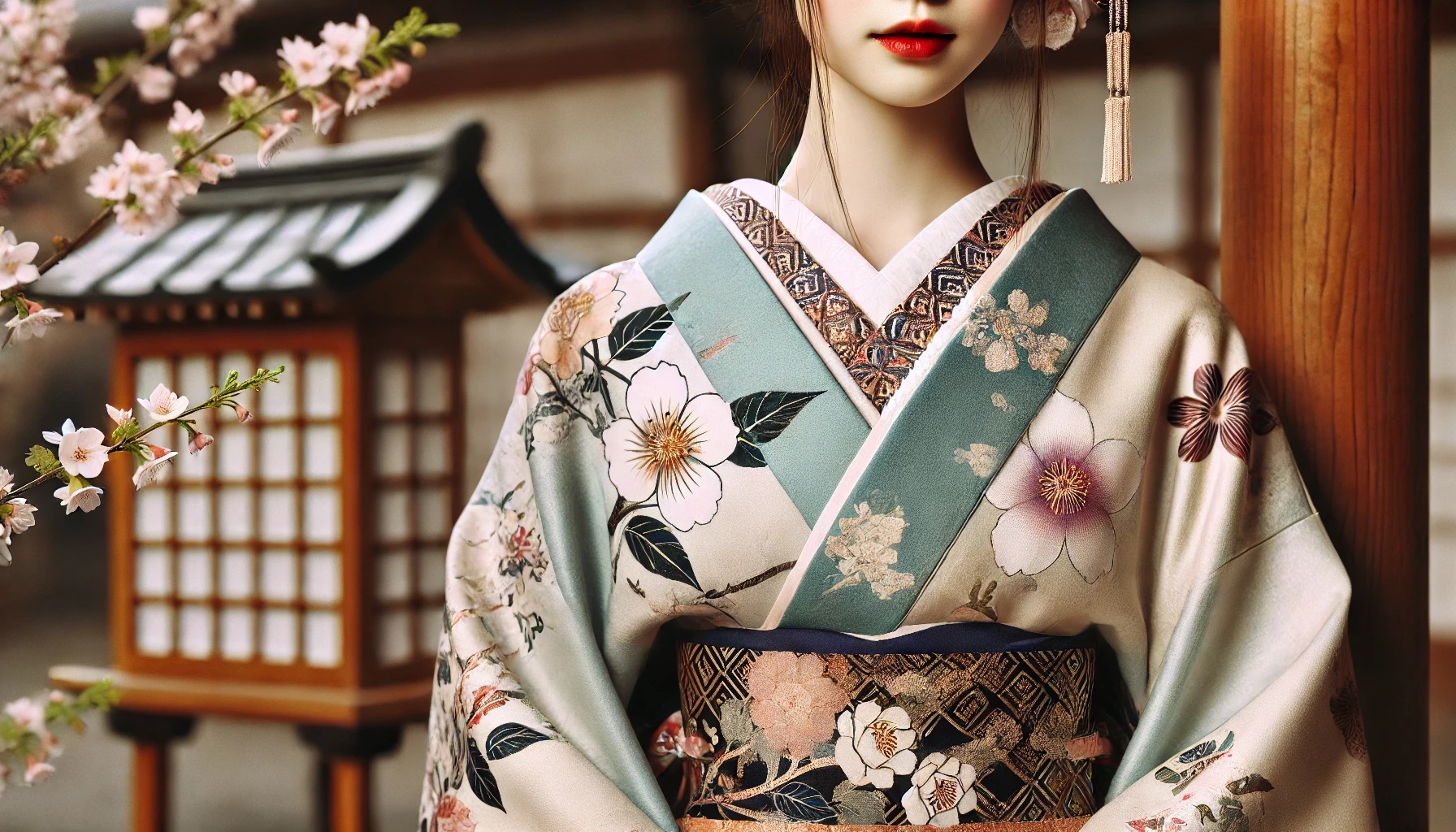Japan’s red-light districts have a long history and deep cultural roots, maintaining their presence even in modern society. These districts are not just places of nightlife but symbols of changing social values and sexual culture throughout the ages. In this article, we will trace the history of Japan’s red-light districts and explore their role today, as well as their connection to Japanese society.
1.Historical Background: From Yūkaku to Modern Red-Light Districts
The origins of Japan’s red-light districts can be traced back to the Edo period, with the establishment of yūkaku (licensed pleasure quarters). These government-sanctioned entertainment zones were where courtesans provided hospitality, often including sexual services, to their clients. Notably, Yoshiwara in Edo (now Tokyo), Shimabara in Kyoto, and Shinmachi in Osaka were the three major pleasure districts, deeply intertwined with the urban culture of the time.
Yūkaku were not merely places for sexual services but were also centers of art and culture. They became subjects for artists, including many ukiyo-e painters who depicted courtesans and the district’s life. These pleasure quarters were places frequented by the upper class and intellectuals, blending art, culture, and commerce. This rich cultural background still influences modern red-light districts today.
2.Post-War Recovery and the Rise of Red-Light Districts
After World War II, Japan experienced a period of rapid economic recovery, and with it came the resurgence of red-light districts. During the chaotic post-war years, prostitution spread as a temporary measure to cope with the devastation of the country. However, in 1956, the Prostitution Prevention Law was enacted, officially banning the practice of prostitution.
Despite this, red-light districts continued to thrive in new forms. In place of traditional prostitution, establishments such as cabarets, bars, and Soaplands (bathhouses providing sexual services) emerged. Soaplands, in particular, became popular by registering as “bathhouses,” thus skirting the law while continuing to offer sexual services.
During Japan’s economic boom, red-light districts served as havens for businessmen, where they could relax and socialize. Areas like Shimbashi, Ginza, and Kabukicho flourished as after-hours social hubs, becoming integral to the economy and business culture of the time.
3.Modern Red-Light Districts: Changing Values and Diversity
Today, Japan’s red-light districts are no longer just spaces for providing sexual services but have evolved to meet more diverse needs. For example, Shinjuku’s Kabukicho and Osaka’s Minami districts still offer adult services, but they have also become home to restaurants, bars, and nightclubs that cater to tourists and locals alike, creating a more balanced entertainment landscape.
As the adult entertainment industry has diversified, we’ve also seen the rise of LGBTQ+ friendly clubs and bars, reflecting a more inclusive space compared to the traditionally heterosexual-focused red-light districts. This evolution symbolizes broader societal changes, where there is growing openness and acceptance of diverse sexualities and lifestyles.
Additionally, technological advancements have played a significant role in reshaping the structure of red-light districts. Online services and delivery health (Deriheru) have made it possible for people to access sexual services without physically visiting these districts. As a result, the very meaning and role of red-light districts are being redefined in the digital age.
4.Connection to Society: Cultural and Economic Role of Red-Light Districts
Red-light districts have long been more than just venues for sexual services; they are closely tied to Japan’s broader social and cultural fabric. During Japan’s post-war economic growth, these districts served not only as places of entertainment but also as venues for business networking. Cabaret clubs and hostess bars were important for cultivating business relationships, a function they still serve to some extent today.
These districts are also essential to local economies. Many red-light districts are hubs for nearby restaurants, hotels, and taxi services, playing a crucial role in the service industry. Additionally, they attract tourists, particularly international visitors seeking to experience Japan’s nightlife, making them vital to the tourism sector.
5.The Future of Red-Light Districts: Evolving Societies and New Challenges
As Japanese society’s attitudes toward sex and sexuality continue to change, the future of red-light districts is also expected to evolve. There is growing concern over the protection of workers’ rights and improving working conditions in the adult entertainment industry. These discussions are leading to efforts to enhance the image of red-light districts and ensure safer, more ethical work environments.
Moreover, with advances in digital technology, new forms of sexual services, such as those using VR (Virtual Reality) and AI (Artificial Intelligence), are beginning to emerge. This shift could potentially redefine the necessity of physical red-light districts as virtual forms of adult entertainment become more popular.
Conclusion
Japan’s red-light districts, rooted in the historical yūkaku, have continued to evolve with the times, adapting to legal, economic, and societal changes. Today’s red-light districts play a broader role, providing not just sexual services but also serving as business hubs and tourist attractions. As societal values shift and technology advances, red-light districts will likely continue to diversify, offering new forms of entertainment and experiences.
The future of red-light districts in Japan will depend on how they navigate changing social attitudes, technological innovations, and the push for more ethical business practices. These districts will remain a reflection of Japan’s unique relationship between sexual culture and society, continuing to adapt and evolve in the years to come.




Comment